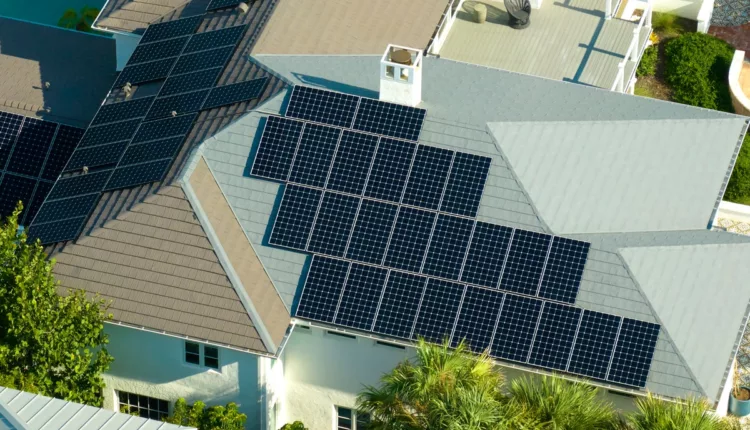
Can Stricter Building Codes Combat Climate Change?
TL/DR –
The Energy Department is encouraging U.S. states to update their energy codes for new buildings, which it says could reduce future carbon emissions by nearly 2 billion metric tons and cut $180 billion from collective energy bills over 30 years. The department is offering millions of dollars through a new energy-codes program to help states develop, implement and enforce new energy codes. However, several states have not applied for their share of the funding, and some, such as the Republican-controlled North Carolina legislature, have resisted efforts to improve energy codes.
The Energy Department’s Campaign to Reduce Carbon Emissions
The Energy Department suggests that states can help the US reduce future carbon emissions by almost 2 billion metric tons, slashing $180 billion from the country’s collective energy bill over 30 years. This requires no new technology or equipment, the equivalent of taking 445 million gasoline-powered cars off the road for 30 years. The solution is for states to enforce stronger energy standards for new buildings to reduce consumption.
The Energy Department is promoting this strategy by urging states to make buildings more climate-friendly through the adoption of new energy codes. They are offering millions of dollars to states through a new energy-codes program and providing data to show potential savings.
For instance, Arizona could save its energy ratepayers $23 billion over 30 years, equal to $8,600 per household. The state could also reduce building emissions by 253 million metric tons, equivalent to taking 2 million gasoline-powered cars off the road.
States and Energy Codes
Despite the potential benefits, updating energy codes faces resistance. For example, the Republican-controlled North Carolina legislature rejected an attempt by Governor Roy Cooper to strengthen the state’s energy codes. Similarly, U.S. House Republicans aimed to defund the new DOE energy-code program.
The DOE data shows that in 24 states, the building energy code for residential buildings was written before 2010, and twelve states use pre-2010 codes for commercial buildings. Homes built under new energy codes are 40% more efficient than those built under codes written 15 years ago.
Funding for Energy Code Improvements
The DOE is offering funding up to $18 million per state to develop, implement, and enforce new energy codes. However, states must apply to receive their share, and there is a risk that some states may pass up this opportunity. Despite this, DOE hopes that state-by-state data on potential emission reductions and energy savings will encourage states to apply for their share of the $400 million.
—
Read More US Economic News
